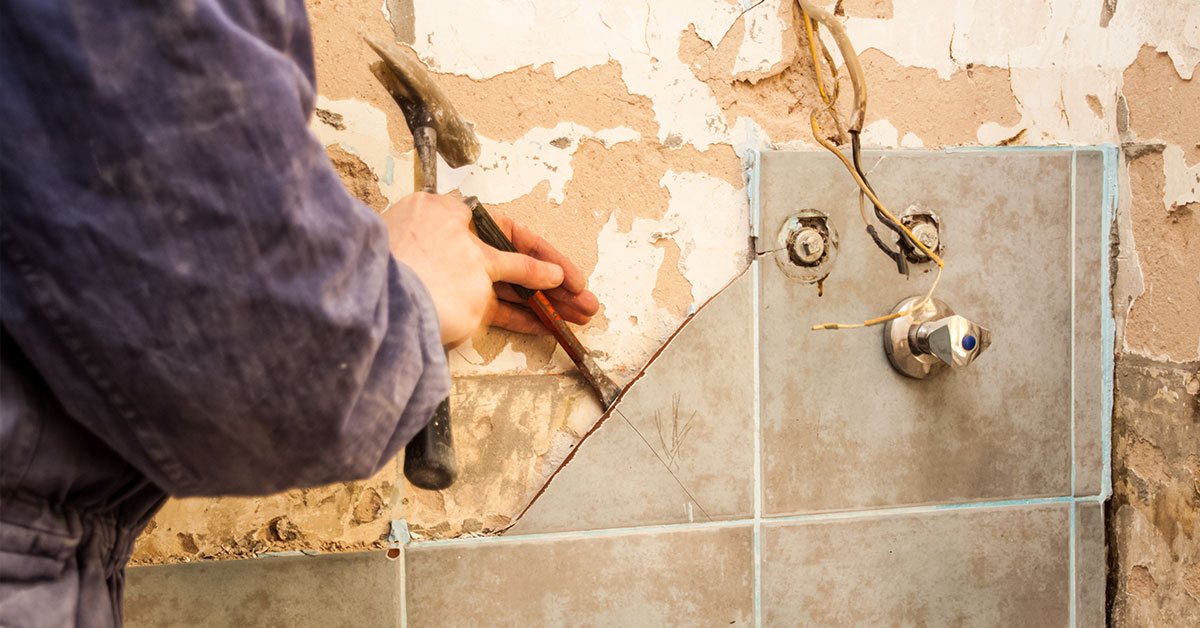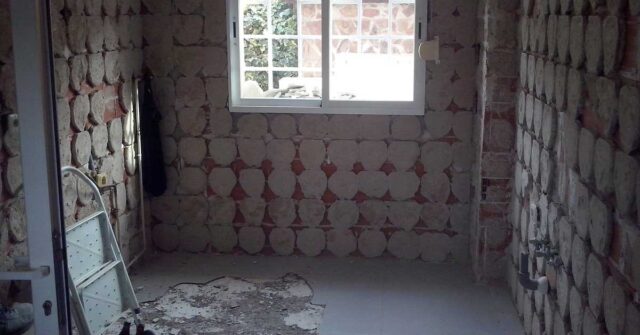Renovating your bathroom can feel like a big task, but with proper planning and organization, it becomes an exciting journey toward creating your ideal space.
In this guide, we’ll take you through everything you need to know, step-by-step, to ensure your renovation runs smoothly and stays on track.
Introduction
A bathroom renovation isn’t just about swapping out old tiles or upgrading fixtures – it’s about transforming a functional space into one that matches your lifestyle and taste.
Whether you’re upgrading for resale value or personal enjoyment, this guide will equip you with all the tools and knowledge to start planning today.
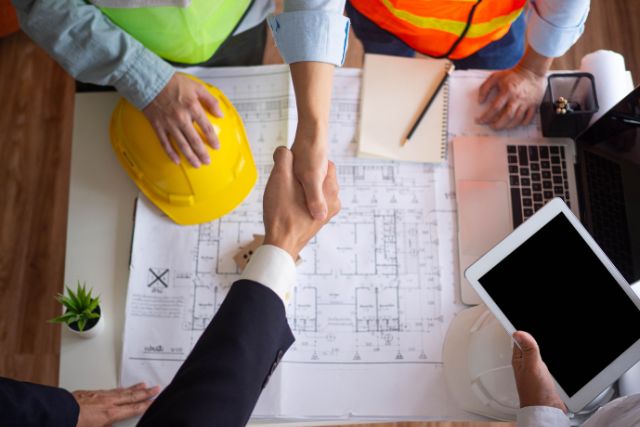

Why Proper Planning Is Essential For A Bathroom Renovation
Failing to plan is planning to fail. Bathroom renovations involve numerous decisions, from budgets to design choices, and proper planning helps prevent costly mistakes and delays.
Let’s dive into how preparation paves the way for success.
Understanding Your Goals and Needs
Think about why you’re renovating. Is it to modernize outdated fixtures? Increase storage? Add accessibility features? Jotting down your goals will give your project clear direction and purpose.
Assessing the Current State of Your Bathroom
Take a close look at your existing bathroom. Is the layout functional? Are there plumbing or structural issues that need fixing? Identifying potential challenges early can save time and money later.
Setting Realistic Expectations
Dream big but stay grounded. Renovations can be transformative, but every bathroom has limitations in terms of space and budget. Balance your wishlist with practical constraints to avoid disappointment.
Step 1: Setting A Budget
Money talks in renovations, and it’s vital to know how much you’re willing to spend. Setting a budget helps keep your plans grounded and prevents overspending.


Determining Your Total Budget
Start by researching average renovation costs in Australia. A modest bathroom might cost between $15,000 and $25,000, while luxury projects can climb higher. Know your upper limit before you begin.
Allocating Funds for Key Areas
Divide your budget into categories like plumbing, tiling, fixtures, and labour. Prioritize spending on essential areas, such as waterproofing, to avoid cutting corners where it matters most.
How to Save Money Without Compromising Quality
Want to pinch pennies without sacrificing style? Look for sales on tiles and fixtures, reuse existing features if they’re in good condition, or consider off-the-shelf options instead of custom designs.
Hidden Costs to Watch Out For
Renovation budgets often forget the sneaky extras. Delivery fees, unexpected plumbing repairs, or last-minute design changes can add up quickly.
Always keep a contingency fund of 10–15% for these surprises.
Step 2: Creating a Renovation Timeline
A clear timeline is your roadmap to renovation success. It ensures each step happens in the correct order, avoiding delays and confusion.


Breaking Down the Timeline into Phases
Split your renovation into logical phases: planning, demolition, plumbing, tiling, and finishing. Each step builds on the last, like stacking blocks.
How Long Each Stage Typically Takes
Renovations can take anywhere from 4–8 weeks, depending on the project’s scope. For instance, demolition and plumbing might take a week each, while tiling and installation could stretch longer.
Managing Delays and Unforeseen Issues
Stuff happens – delayed deliveries, hidden water damage, or even bad weather. Pad your timeline with extra time for such hiccups, and keep communication open with your contractors.
Coordinating Schedules with Contractors
Contractors are like a well-rehearsed orchestra. Everyone – plumbers, electricians, tilers – needs to work in harmony. Create a schedule and make sure everyone’s on the same page.
Step 3: Designing Your Dream Bathroom
The design phase is where the fun starts. It’s your chance to unleash creativity while making practical choices that suit your needs.
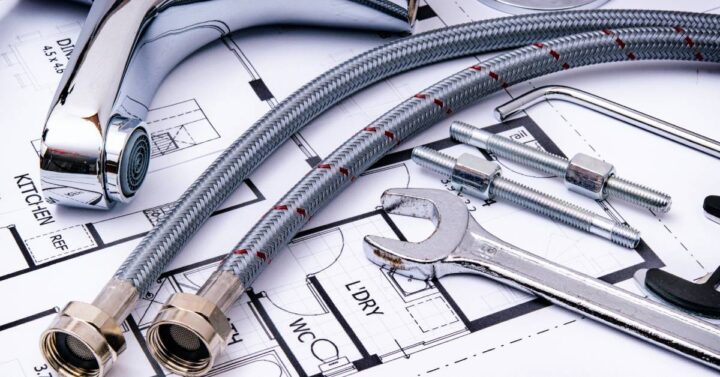

Maximising Space and Functionality
Got a small bathroom? Use wall-mounted vanities or floating shelves. Larger bathrooms can accommodate luxurious features like double sinks or a freestanding tub. Every inch counts!
Choosing a Style and Theme
Do you want a modern, sleek look or something more classic? Browse design inspiration online or visit showrooms to discover what speaks to you.
Picking the Right Fixtures and Materials
Durable materials like porcelain or ceramic tiles are perfect for high-moisture areas. Select fixtures that combine style with functionality for a bathroom that looks great and works well.
Incorporating Sustainable and Energy-Efficient Options
From low-flow toilets to LED lighting, sustainable choices aren’t just eco-friendly – they can save you money on utility bills, too.
Step 4: Navigating Approvals and Regulations
Before you break out the sledgehammer, ensure your renovation complies with local laws. No one wants a fine – or worse, a renovation that has to be redone.


Understanding Local Building Codes
Australian building codes are strict for good reason. They ensure safety and structural integrity. Consult your local council or hire a professional to help you understand what’s required.
Obtaining Necessary Permits
Some renovations require permits, especially if you’re changing plumbing or electrical layouts. Skipping this step can lead to costly penalties or delays.
Working with Licensed Professionals
Hire qualified tradespeople to handle complex tasks. It’s worth it for peace of mind and compliance with regulations.
Step 5: Preparing for the Renovation
Before the first hammer swings, preparation is key. This phase lays the groundwork for a smooth renovation process.
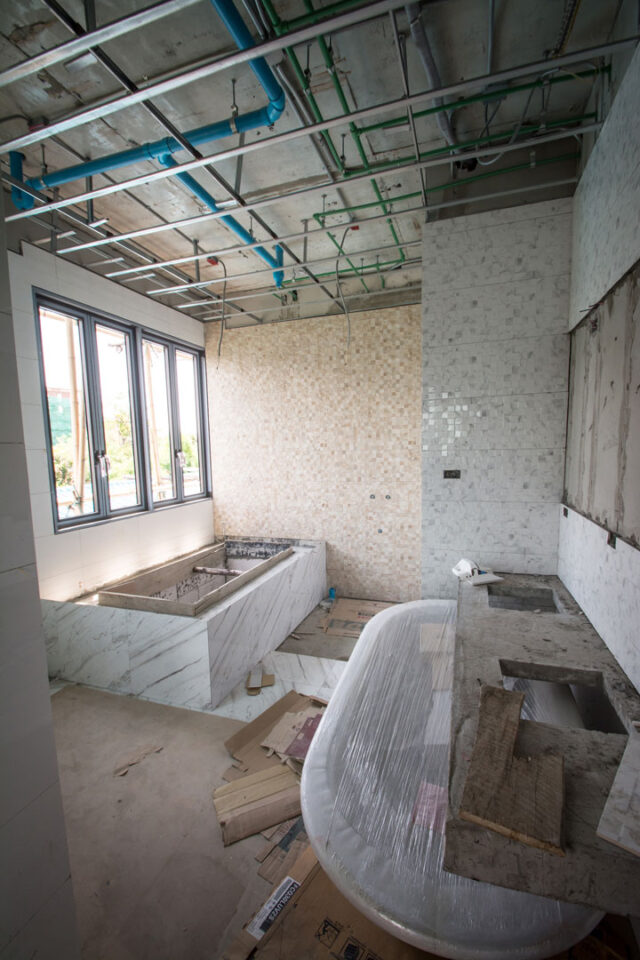

Clearing the Space and Removing Old Fixtures
Start by clearing out your bathroom. Remove personal items, and if you’re doing some demolition yourself, safely dispose of old tiles, sinks, or bathtubs. Remember to turn off the water supply before removing any plumbing fixtures.
Planning for Temporary Bathroom Use
If this is your home’s only bathroom, you’ll need a backup plan. Consider renting a portable bathroom or working out a schedule to share facilities with neighbours or friends.
A little planning here avoids major headaches later.
Finalising Contracts and Agreements
Double-check contracts with contractors or suppliers. Ensure everything from timelines to materials is clearly outlined to avoid misunderstandings. Keep these documents handy throughout the project.


Step 6: Execution Phase
With planning and prep complete, it’s time to bring your dream bathroom to life. This stage involves heavy lifting and lots of coordination.
Demolition and Plumbing
The first step is demolition, where old materials and fixtures are removed. Next comes plumbing, which may involve rerouting pipes or upgrading systems. Hire a licensed plumber to tackle this complex work.
Electrical Work and Lighting Installation
Proper lighting transforms a bathroom. Electricians will handle wiring for fixtures, heated towel racks, or underfloor heating. Choose a mix of task lighting for mirrors and ambient lighting for relaxation.
Waterproofing and Tiling
Waterproofing is critical in bathrooms. A waterproof membrane is applied to prevent leaks, followed by tiling. This step requires precision to achieve clean lines and a polished look.
Installing Fixtures and Finishes
Once the groundwork is done, it’s time for the final touches. Install sinks, toilets, shower screens, and fittings. This is when your design vision truly comes to life.
Step 7: Post-Renovation Checklist
Your renovation isn’t complete until the finishing touches are in place and everything works as intended. This phase ensures your bathroom is ready for use.


Inspecting the Work
Walk through the completed bathroom with your contractor. Check for defects or unfinished tasks. Test faucets, drains, and lights to ensure everything works perfectly.
Ensuring Compliance with Regulations
If your renovation requires permits, you might need an inspection to confirm compliance. Verify all work aligns with Australian standards to avoid future complications.
Cleaning and Final Touches
A deep clean is essential after construction. Remove dust, polish fixtures, and add final details like mirrors, plants, or decorative elements to personalise the space.
Common Mistakes to Avoid During Bathroom Renovations
Even with the best plans, mistakes can happen. Here are the most common pitfalls and how to sidestep them.
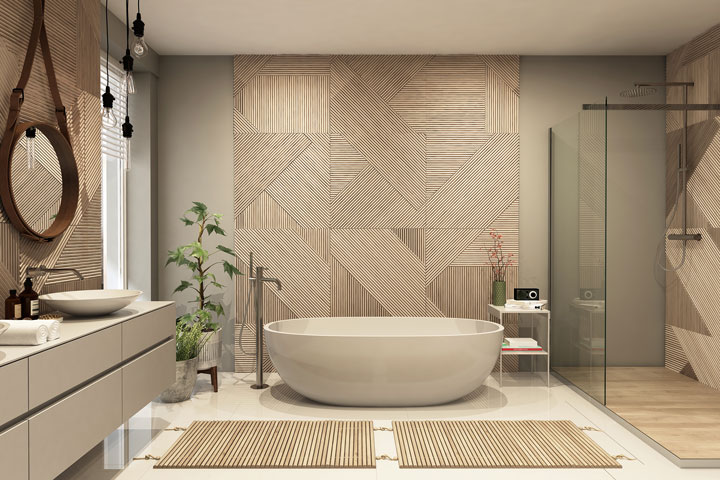

Underestimating Costs and Time
Many renovations go over budget or take longer than expected. Avoid this by setting a realistic budget, adding a buffer for unexpected expenses, and sticking to your timeline.
Choosing Inappropriate Materials
Some materials don’t hold up well in high-moisture environments. Always opt for water-resistant and durable options, such as ceramic tiles or stainless steel fixtures.
Overlooking Ventilation and Lighting
Bathrooms need proper ventilation to prevent mould and mildew. Invest in an exhaust fan and consider natural light sources, like skylights or frosted windows, for a brighter space.
Skipping the Planning Phase
Diving into renovations without a plan is a recipe for disaster. Take time to map out every detail before starting work to avoid costly changes later.
Expert Tips for a Successful Bathroom Renovation
Want your bathroom renovation to be the talk of the neighbourhood (in a good way)? These expert tips will help you achieve stunning results.
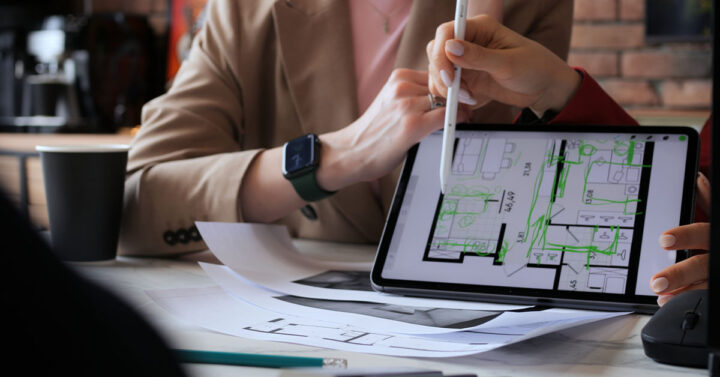

Engaging the Right Professionals
Avoid the DIY route for major tasks. Licensed professionals bring expertise and efficiency, ensuring your renovation meets industry standards.
Incorporating Trends Without Sacrificing Functionality
Trendy designs are exciting, but they shouldn’t compromise usability. For instance, minimalist sinks may look sleek, but should still accommodate your everyday needs.
Staying Flexible with Your Plan
Unexpected issues can arise, so it’s essential to adapt when necessary. Stay open to minor changes without losing sight of your main goals.
Ensuring Your Bathroom Reflects Your Personal Style
Your bathroom should feel like “you.” From bold colour choices to quirky decor, don’t be afraid to inject personality into the design.
Conclusion
Planning a bathroom renovation takes effort, but the results are worth it. With this guide, you’re armed with the knowledge to tackle every stage, from budgeting to finishing touches.
Get started today, and watch your dream bathroom become a reality!


FAQs About Bathroom Renovations
Here are some frequently asked questions to clear up any lingering doubts about bathroom renovations.
What Is the Average Cost of a Bathroom Renovation?
The cost depends on the size and scope of the project. In Australia, standard renovations typically range from $15,000 to $25,000.
How Long Does a Bathroom Renovation Take?
A full renovation can take 4–8 weeks, factoring in planning, approvals, and construction phases.
Can I Do a Bathroom Renovation Myself?
DIY projects can save money, but come with risks. Plumbing, electrical, and waterproofing work are best left to professionals.
What Are the Most Popular Bathroom Trends in Australia?
Australians love neutral tones, matte black fixtures, and sustainable features like water-saving toilets and LED lighting. Keep it stylish yet practical.

